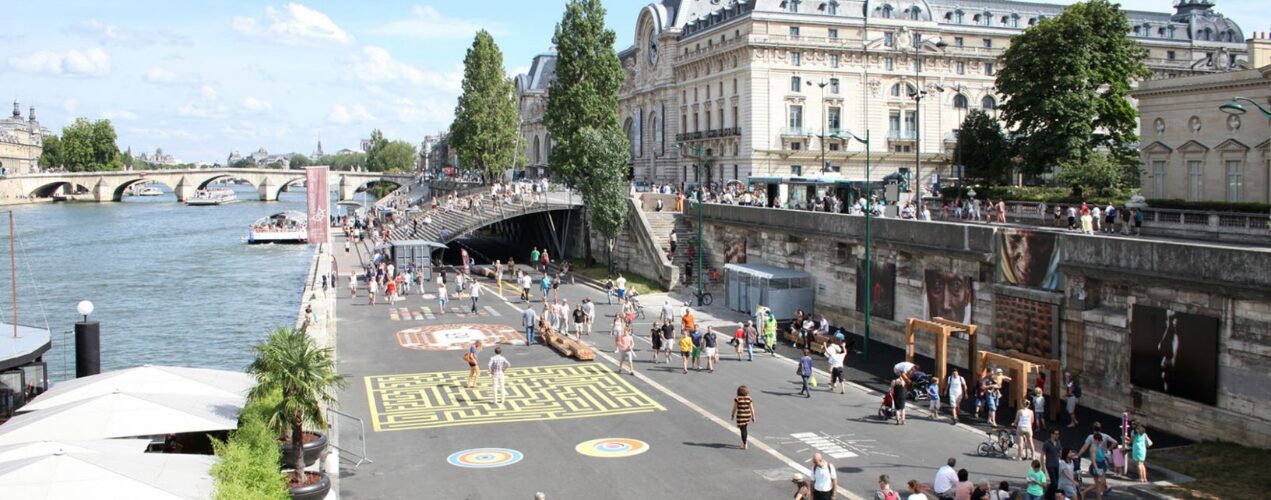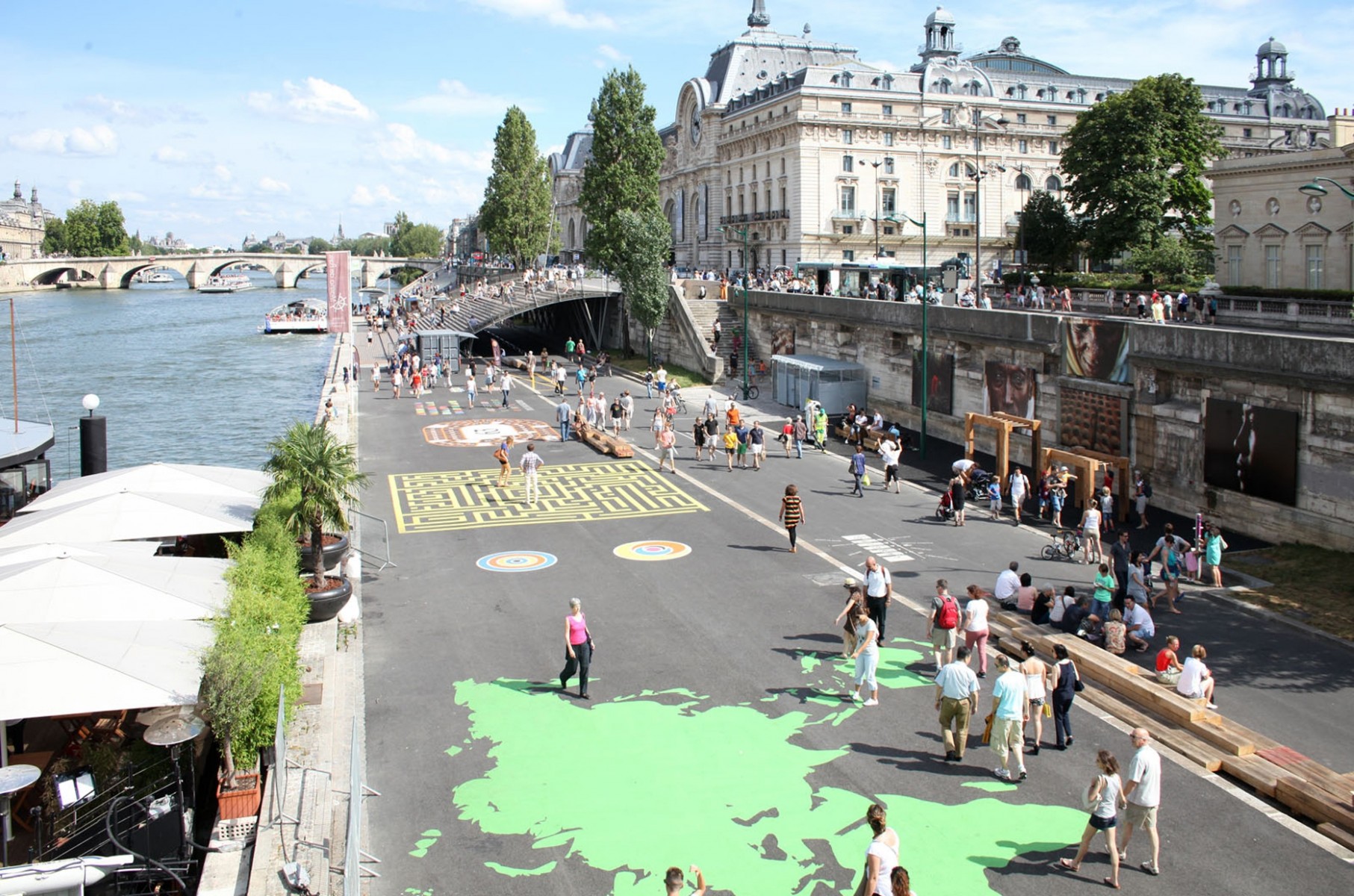28 October 2025
for Madrid Nuevo Norte

One of the most powerful and accessible ways to promote well-being and health is through sport. Far from being an activity exclusive to gyms or enclosed spaces, many cities around the world are integrating it into their urban planning as a collective asset. Practising sport not only brings health benefits, but contributes to social cohesion, especially among those traditionally overlooked in urban design, such as older people. According to a study by the U.S. Centers for Disease Control and Prevention, staying physically active is one of the most effective ways to improve health, both in the short and long term. Physical activity benefits people of all ages and abilities, which is precisely why it is so important that local administrations pursue urban design strategies that encourage more active and healthy environments for the entire community.

Many cities have begun to implement what is known as sports urbanism, and various academic, public and civil society initiatives have been launched to promote healthy practices linked to urban spaces around the world. A classic example of this is the Turia Linear Park in Valencia, an lengthy green corridor running along the old riverbed, which was transformed in 1986 into a large public space dedicated to active leisure. Similarly, Chicago’s Millennium Park combines art, landscape and physical activity in an environment promoting coexistence and urban health.
Sport in cities can sometimes emerge by reappropriating infrastructure, spaces under bridges or elevated roads, with climbing walls or other activities occupying walls and surfaces. A good example is The Bentway in Toronto, which has transformed the space under the Gardiner Expressway into a winter skating rink, skateboarding circuits, temporary sports courts and sports and cultural programming; a good example of reusing unused covered spaces, “non-places”, as centres of physical activity throughout the year.
Sport can also take place in squares that become multifunctional spaces, as was the case in Superkilen, a highly flexible square in Copenhagen which incorporated multifunctional rubber areas for ball games, skating, mobile stands and informal sports. This project demonstrates how public design can combine community use with spaces for play and sport. We can find an example in our city, in the form of the recent renovation of General Perón Boulevard in Tetuán, with its wide range of sports and play areas, which are full of life at all hours.
In the same vein, reclaiming urban spaces for sport has also been linked to new forms of sustainable tourism. The banks of the Seine in Paris, Les Berges de Seine, is an urban development project that has transformed a former highway and docks area into a pedestrian and sports corridor along the banks of the river that structures the city. The project combines play areas, running tracks, spaces for group classes and rest areas, attracting both locals and visitors. This urban innovation has been praised as an example of synergy between culture, sport and urban ecology. There are many parallels between the Parisian project and the city’s Madrid Río, which turned the banks of the Manzanares into a large green and sports thoroughfare, integrating sport, well-being, active mobility and public space. Paris and Madrid are not only rethinking the role of active leisure, but inviting other aspects such as tourism and the creation of new destinations diversifying visitors’ interests.
These initiatives demonstrate how green infrastructure can promote active mobility and citizen well-being. Taken together, these urban transformations have been recognised as initiatives supporting public health and active, healthy lifestyles.

The Bentway (Toronto) Source: Facebook The Bentway
The Net Zero Cities programme is one of the largest European initiatives to achieve climate neutrality in cities across the continent. Among the cities participating in the pilot, the Swedish city of Malmö has created sports and recreational spaces that are accessible to the entire population. From playgrounds integrated into parks to outdoor facilities in suburban neighbourhoods, the City Council is committed to well-being being a structural part of the ecological transition, and to the promotion of sport as a necessity for the city.

Superkillen (Copenhagen): Author: Fred Romero
Another good example of urban transformation is the Park Connector Network (PCN) in Singapore, a green network linking the island’s main parks via paths designed for walking, running or cycling. This city-state, recognised as a global hub for innovation, technology and development, has also decided to focus on sport, aware of its citizens’ need for green space and physical activity. Throughout this network there are spaces for walking or running, but also facilities for sport in public spaces, adapted for young people, adults and the elderly alike. It also offers geographical balance, promoting accessibility in both central and peripheral neighbourhoods. This initiative has been emulated in other urban spaces throughout Asia.
Bogotá has also demonstrated its engagement with cycling. The city has been a pioneer in Latin America with its Ciclovía initiative, a programme running since the 1970s, which has temporarily closed some city streets to traffic on Sundays and public holidays for the public to use for cycling, walking, running and all kinds of outdoor activities. This public policy has been internationally recognised as an example of health infrastructure and civic culture, as well as humanising public space and promoting healthy lifestyles.
The examples of Madrid, Barcelona, Paris, Malmö, Singapore and Bogotá show that it is possible to reimagine the city as an ecosystem designed for well-being. When sport is integrated into everyday life and urban design, it becomes a tool for social transformation. Walking, running, playing and dancing are much more than individual activities; they introduce healthy collective dynamics, strengthen the social fabric and enhance the value of shared spaces.